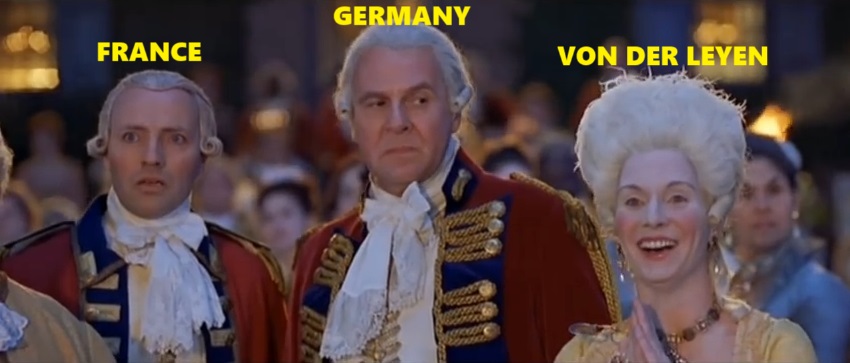


Commerce Secretary Howard Lutnick describes some of the details within the new U.S-European trade agreement.
As noted, the $600 billion in regular trade products exported by the EU to the USA market will be subject to a 15% reciprocal tariff. This approach effectively ends the Marshall Plan, sets the trade terms to balance and should generate approximately $90 billion in revenue to the U.S. treasury.
U.S. tariffs on cars and auto parts are being reduced to the baseline 15 percent — a level that matches the deal notched earlier this month by Japanese automakers. In exchange, the EU has agreed to lower its car tariffs from 10 percent to zero, trade spokesperson Olof Gill said. The German companies are angry though, because the 25% tariff still applies to Mexico. So, German autos manufactured in Mexico (massive prior investment) will come to the USA with a 25% tariff.
In addition to the EU agreement to open their markets to U.S. products, private companies within the EU have committed to $600 billion in direct investment within the USA. Additionally, the EU will purchase $750 billion in U.S. energy products and with the NATO commitments previously agreed significant military purchases are anticipated. That is a major purchase agreement of $250 billion each year for the next three years.
.
